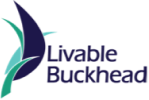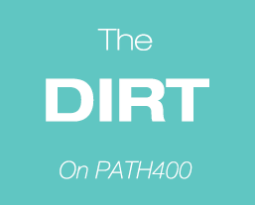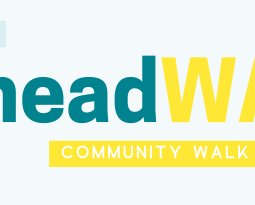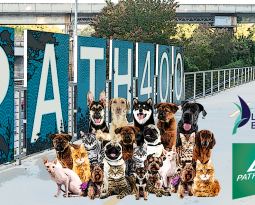One Wrong Item = One Trashed Recycling Bin
Recently, I met with the janitorial team of a commercial office building in our Buckhead Recycles program after noticing a major drop in their recycling rates. I expected to talk about ways to boost recycling and proper bin placement, but instead, I got schooled with unsettling intel:
🚨 If staff sees contamination in a recycling bin—just one wrong item—the entire bin gets thrown in the trash.
It doesn’t matter if 99% of the bin is filled with clean, perfectly recyclable items. If there’s one half-full coffee cup, one greasy food container, one plastic bag—that’s it. The whole thing gets dumped.
Why? Because janitorial staff aren’t allowed to sort through the bins. Due to liability reasons and time constraints, they have to play it safe. They can’t pull out the contamination and salvage the rest. So all those carefully recycled cans, bottles, and papers? They end up in the landfill.
Wishcycling: We’ve All Done It
This all ties back to a common habit called wishcycling—throwing something in the recycling bin when you’re not sure if it’s recyclable, hoping that someone else down the line will sort it out.
I get it. I’ve done it too. It feels right to be optimistic that what we’re putting in the bin can hopefully be recycled—but wishcycling actually makes things worse.
Here’s why:
🔹 Rejected Loads – If contamination is too high, entire truckloads of recyclables get sent to the landfill.
🔹 Higher Costs – Sorting out contamination increases labor costs and slows down recycling operations.
🔹 Damaged Equipment – plastic bags, straws, utensils, and other flimsy items clog machines, causing breakdowns and increasing maintenance costs.
Materials Recovery Facilities (MRFs) rely on selling clean recyclables to fund operations. The purer the materials, the more valuable they are. When we contaminate recycling streams, we make the system less efficient—and less profitable—which hurts recycling programs overall.
What’s Considered Contamination?
Even small mistakes can ruin an entire load of recycling. Some of the biggest culprits I’ve seen in office bins:
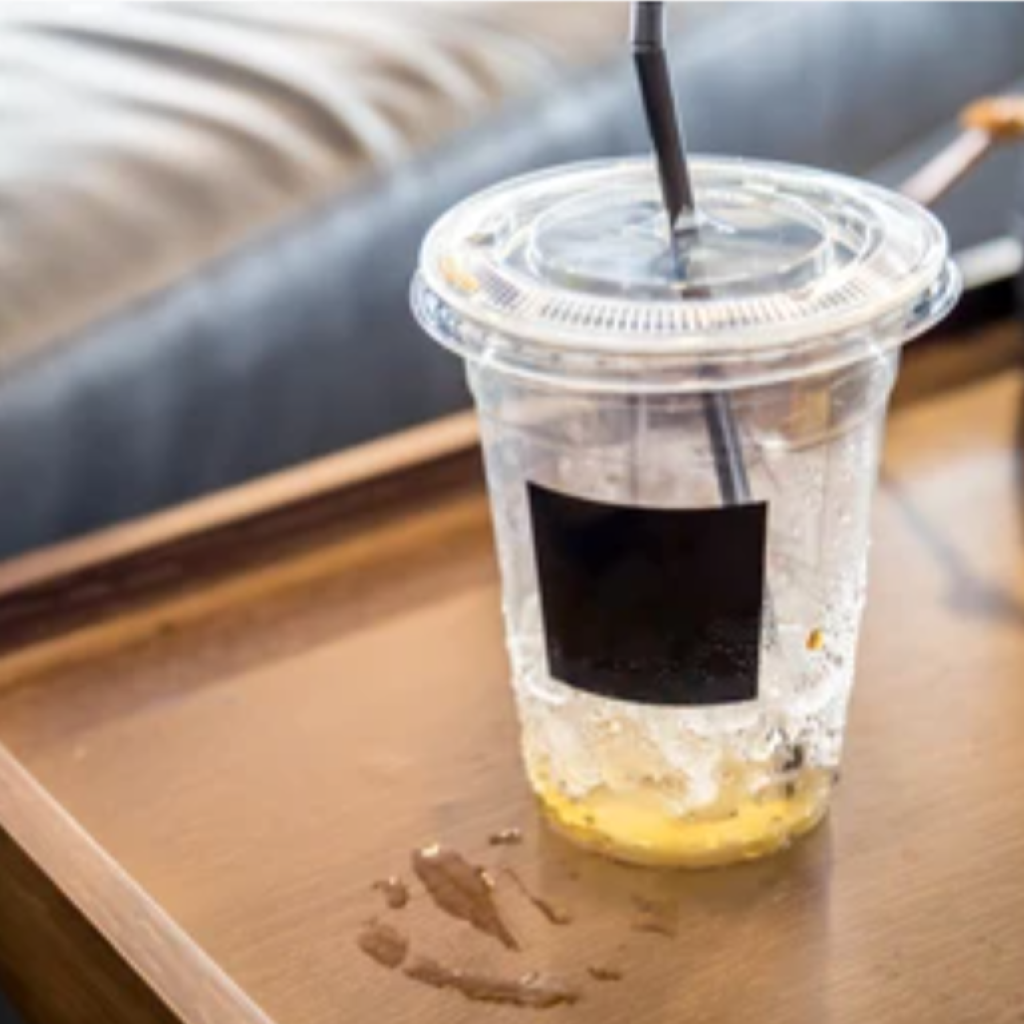
🚫 Half-full drinks – Empty them completely before recycling. Find a place to dump the leftover ice.
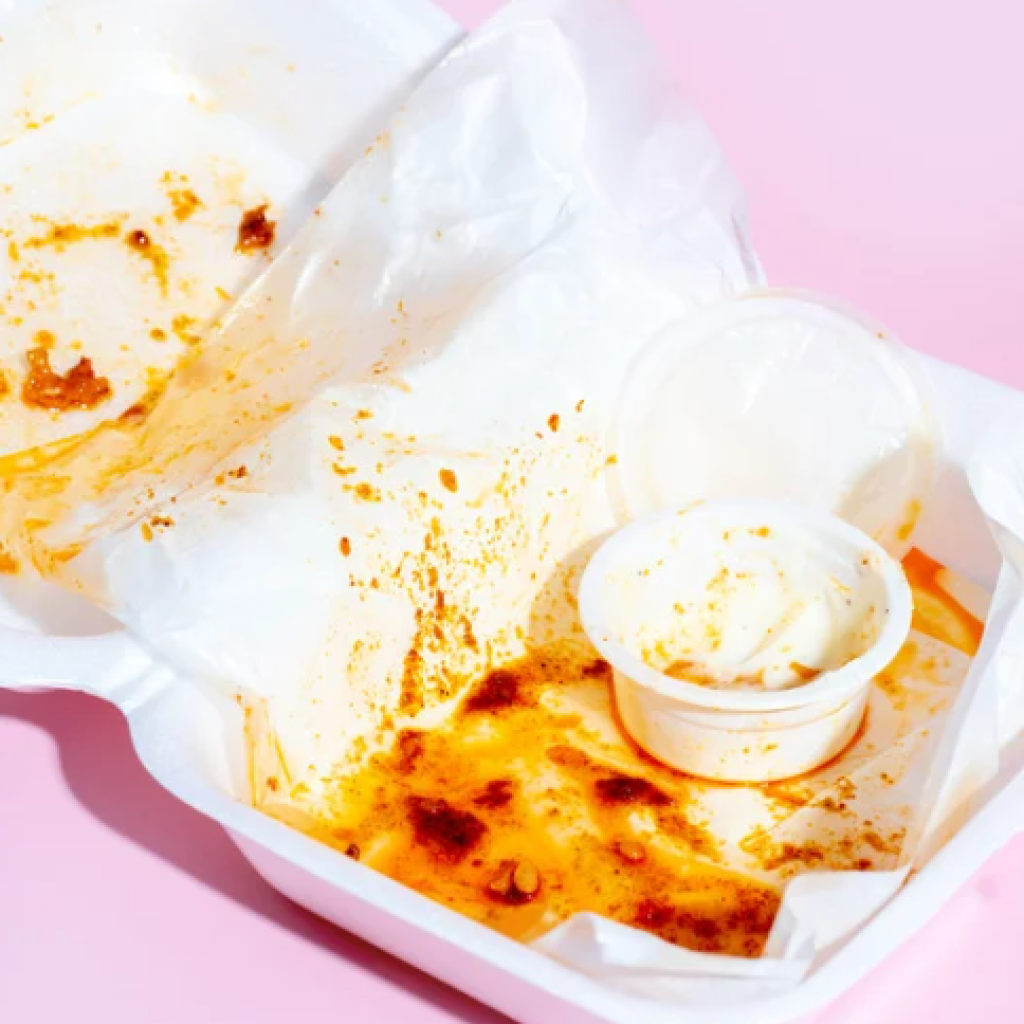
🚫 Food residue in takeout containers – Food residue makes paper and cardboard non-recyclable.
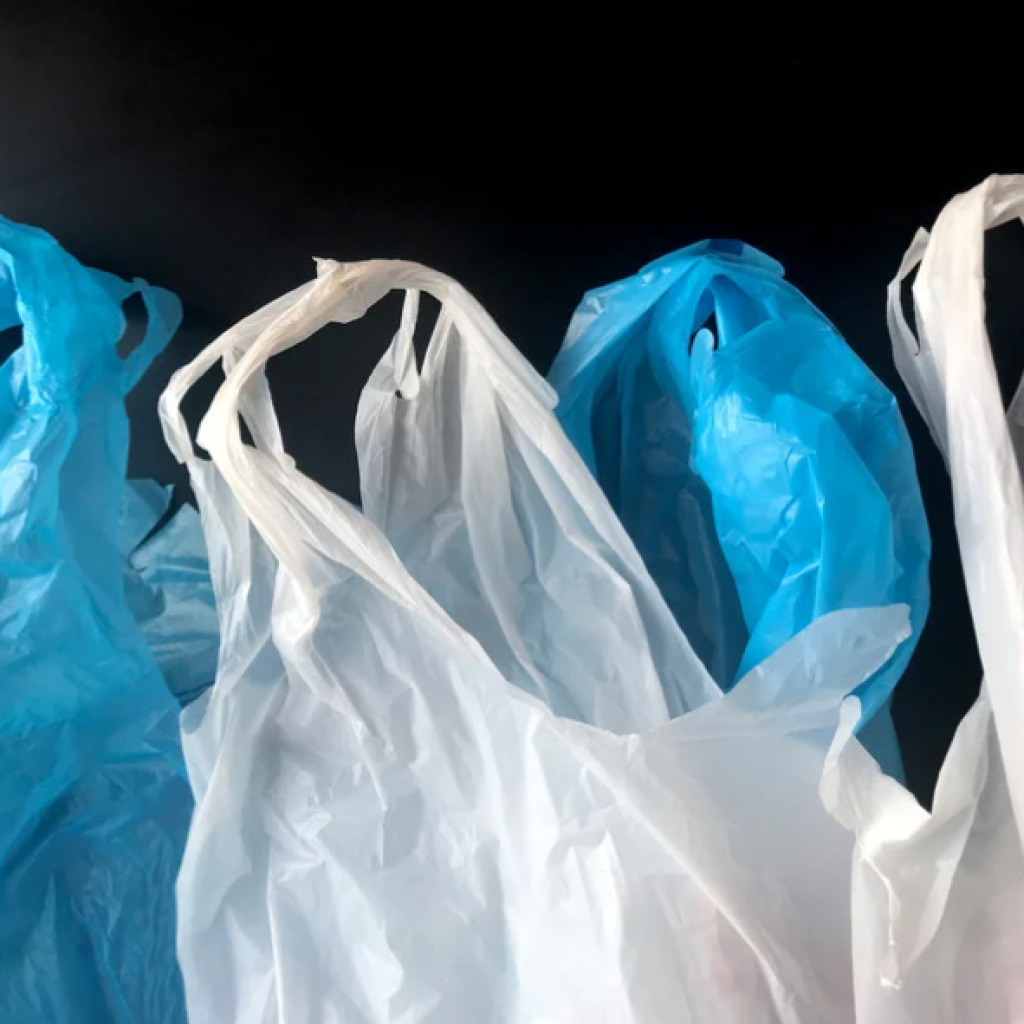
🚫 Plastic bags – These tangle up in machines—take them back to a grocery store instead.
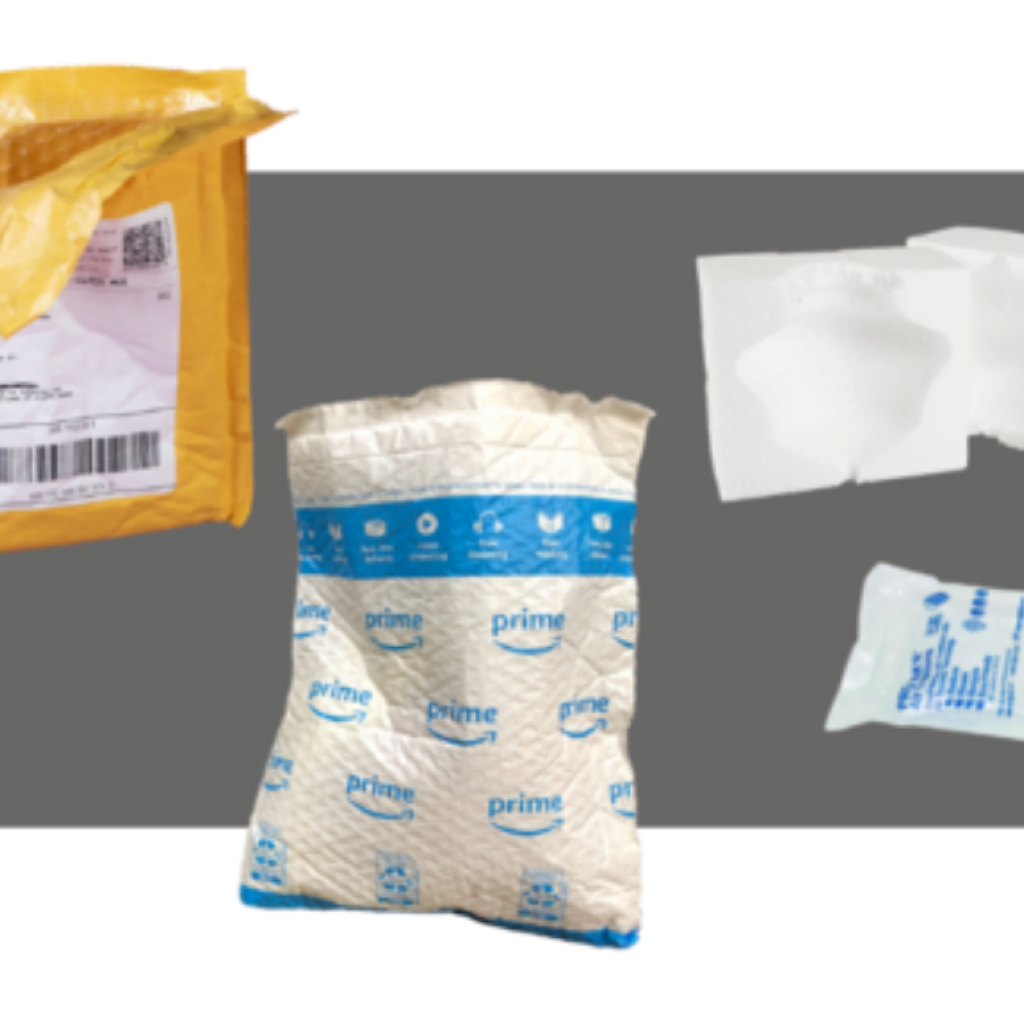
🚫 Mixed-material packaging – Many wrappers, packaging, and containers have multiple layers that make them non-recyclable. Think snack wrappers with plastic and aluminum, or paper and bubble-wrapped packages.
So, What Can We Do?
Recycling only works if we do it right. Instead of wishcycling, let’s focus on intentional recycling:
✅ When in doubt, throw it out – If you’re unsure, look it up or throw it in the trash to avoid contaminating the bin.
✅ Empty and clean – Make sure recyclables are dry and food-free before disposal.
✅ Improve signage – Clear, visual labels make it easier for everyone to recycle properly.
Need Help? We’ve Got You!
If your office could use better signage, training, or a recycling refresh, our sustainability team at Livable Buckhead is here to help! We can:
♻️ Give a fun, interactive recycling presentation at your office.
♻️ Help design and install clear signage to cut down on confusion.
♻️ Support green teams to keep recycling efforts on track.
Just reach out—shoot us an email, and we’d love to help make recycling easier, cleaner, and more effective in your workplace!
